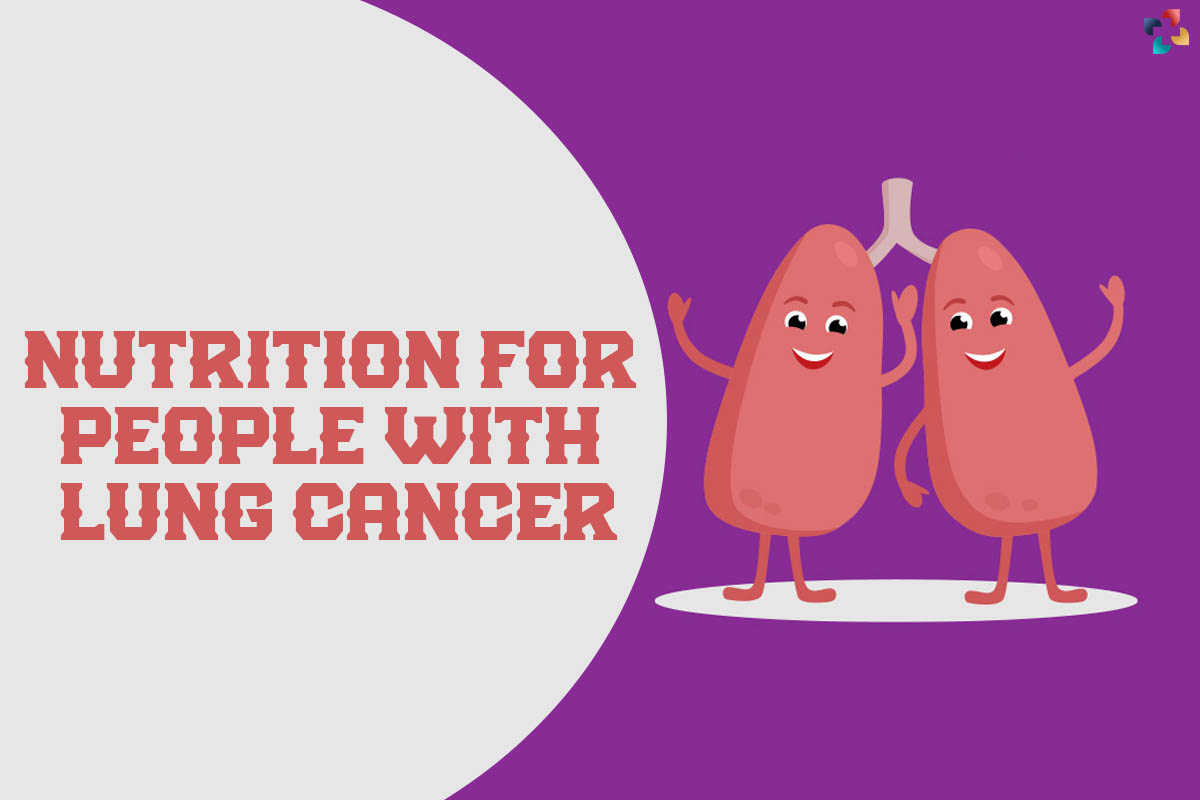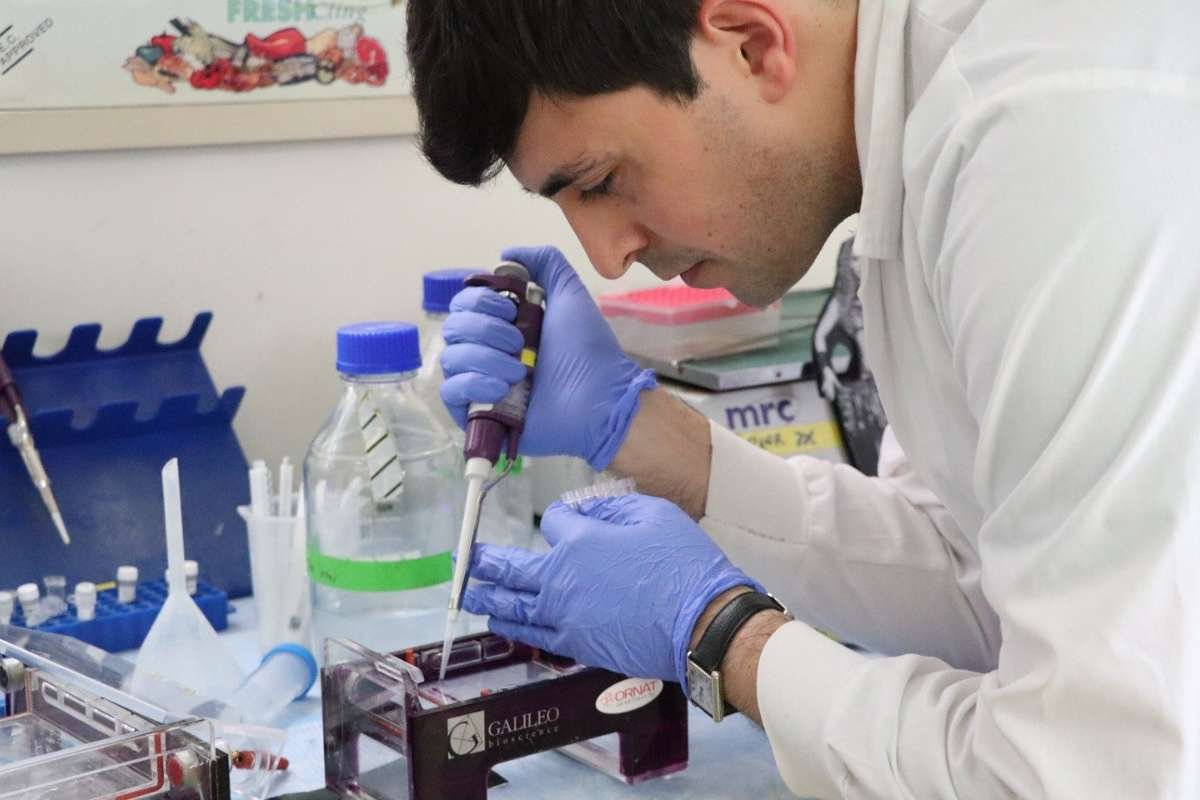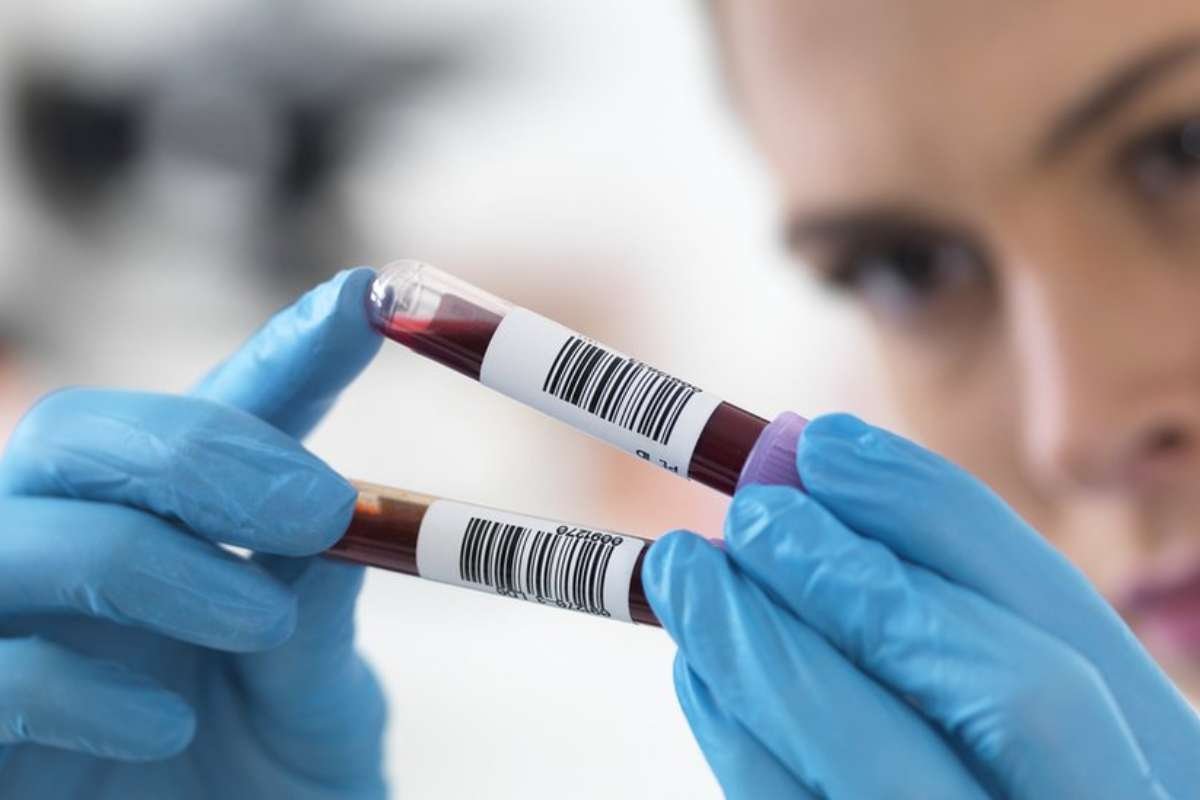Nutrition for Lung Cancer:
The incidence of lung cancer is the third highest in the United States, and it is the leading cause of cancer-related mortality globally. Rates of lung cancer and deaths from the disease have been falling in the United States over the last two decades, while five-year survival rates have been rising.
In contrast to other malignancies, such as “female breast cancer” (90.6% five-year survival rate estimate) or prostate cancer (96.8%), lung cancer has a substantially lower survival rate for persons in the United States (22.9%, data from 2012-2018). However, survival rates vary depending on the stage of diagnosis, being higher for individuals with an early diagnosis and confined illness (where the cancer has not progressed) and lower for those with advanced disease.
Non-small cell lung cancer (NSCLC) and small cell lung cancer (SCLC) are the most common subtypes of lung cancer. Between 80% and 85% of lung cancers are non-small cell lung cancers (NSCLC), which comprise large cell carcinoma, squamous cell carcinoma, and adenocarcinoma. SCLC, often known as “oat cell cancer,” accounts for 10–15% of all lung malignancies and is characterized by more rapid growth and metastasis than non-small cell lung cancer. Aden squamous carcinomas and sarcomatoid carcinomas, two other kinds of NSCLC, are far less prevalent.
Let’s Dive into The Nutrition for Lung Cancer ;
1.Lung Cancer Risk Factors
While fewer people are lighting up, other factors, such as secondhand smoke, beta-carotene supplementation among heavy smokers, a family history of Nutrition for Lung Cancer, HIV/AIDS infection, and environmental risk factors like radiation therapy, imaging tests like CT scans, and radon exposure, are also contributing to the decline in lung cancer incidence.
However, there is evidence that increasing intake of foods rich in carotenoids may help reduce lung cancer risk, despite the fact that taking beta carotene supplements is a risk factor for smokers. The risk of developing lung cancer has been proven to decrease in correlation with an increase in the intake of fruits and vegetables.
Higher fruit consumption is related with the same protective effect, although research on vegetable consumption have shown conflicting findings. Other studies have shown that persons who follow a typical Mediterranean diet and those who eat foods rich in isoflavones had a reduced chance of acquiring lung cancer. The evidence is preliminary, but people who are more active may have a lower chance of developing lung cancer.
2.Registered Dietitian Nutritionists’ Functions
Registered dietitian nutritionists may advise patients and clients on treatments and recommendations relating to food, nutrition, dietary supplements, and lifestyle variables that may reduce the risk of lung cancer. Registered dietitian nutritionists (RDNs) play an essential role on the multidisciplinary cancer health care team and should screen patients with lung cancer diagnosis for mal Nutrition for Lung Cancer.
Positive results have been seen when RDNs deliver medical Nutrition for Lung Cancer therapy to adults with cancer receiving chemo or radiation treatment. RDNs serve an important role in assisting with the management of any adverse effects by providing nutritional treatments, particularly during therapy.
Many different abnormalities and syndromes, such as hypercalcemia, anemia, and Cushing’s syndrome, can be brought on by lung cancer, says Dolores D. Guest, PhD, RD, director of the Behavioral Measurement and Population Science Shared Resource at the UNM Comprehensive Cancer Center and research assistant professor in the department of internal medicine’s division of epidemiology, biostatistics, and preventive medicine. It’s “not unusual” for one problem to be addressed while another arises, as Guest puts it. It is crucial that these patients collaborate with an RDN throughout their therapy.

According to the study of Baylor Scott & White Medical Center oncology dietitian Tricia Cox, MS, RD, CNSC, LD, many registered dietitian nutritionists (RDNs) may have to prioritize caring for patients with head and neck cancer or esophageal tumors. According to studies that Cox has helped direct, registered dietitian nurses (RDNs) are commonly understaffed in outpatient oncology settings, forcing many of them to prioritize the care of the sickest patients.
While this is beneficial for those in severe condition, “RDNs are frequently unable to appropriately visit all of the patients who need to be seen,” she notes. Patients diagnosed with lung cancer may fall within this category.
An RDN is the only member of the medical team who is trained in the science of lung cancer and how Nutrition for Lung Cancer status interacts with therapy. In order to help patients achieve both little and large changes, “RDNs are taught to be able to offset these impacts in a very personal manner,” Guest explains.
Her findings demonstrate that RDNs are becoming recognized for the critical role they play in the care of cancer patients at high nutritional risk, such as those with lung cancer. When it comes to determining and helping patients achieve their dietary requirements, “oncologists and nurses truly appreciate and have grown to depend on RDNs as the experts.”
3.Assessing Dietary and Nutritional Requirements
Malnutrition affects 45-69% of persons with lung cancer and is linked to worse quality of life, more severe symptoms, and shorter survival times. It is more likely that you will become malnourished if you are undergoing concurrent chemotherapy and radiation, if you are receiving radiation to the esophagus, or if your cancer has progressed to stage 3 or 4.
The Academy and the American Society for Parenteral and Enteral Nutrition for Lung Cancer have issued a joint consensus statement to help with the assessment of malnutrition (undernutrition) in people who may be at risk, and this statement provides support for the use of the Malnutrition Screening Tool.
Guest stresses the need of doing malnutrition screening for persons with lung cancer at the time of diagnosis and at subsequent checkups. When it comes to “identifying malnutrition risk in adult cancer patients,” both the Malnutrition Screening Tool and the Patient-Generated Subjective Global Assessment have been validated by the Academy’s Evidence Analysis Library for use in both inpatient and outpatient settings. Patient outcomes may be improved by “proactively addressing Nutrition for Lung Cancer difficulties rather than reacting to them,” as Guest puts it.
After undergoing medical procedures like radiotherapy or chemotherapy, patients often need Nutrition for Lung Cancer support. A comprehensive evaluation of 25 research published in 2021 found evidence that radiation may affect taste function as early as three weeks following treatment and persist for three to 24 months thereafter. According to the authors, altered taste function may emerge within days of starting chemotherapy and can be more unpredictable than it is for patients who aren’t receiving chemotherapy. Patients’ comments of decreased appetite and food intake were included in a few studies.
It is estimated that people with lung cancer need between 25 and 30 calories per kilogram of body weight per day, as well as between 1 and 1.5 grams of protein per kilogram of body weight each day. Throughout the course of therapy, registered dietitians should monitor their patients’ or clients’ Nutrition for Lung Cancer status and make any necessary adjustments to their calorie and protein intake recommendations.
Pay particular attention to signs and symptoms that may affect the patient’s ability to satisfy dietary demands, such as early satiety, nausea and vomiting, diarrhea or constipation, and oral difficulties such changed taste, discomfort, dysphagia, dry mouth, trouble chewing, or mouth sores.
4.Methods for Improving One’s Diet
Patients and customers may benefit from RDNs’ assistance in preventing weight loss and preserving muscle mass, both of which are at risk for those with lung cancer.
“Lung cancer is often identified at a later stage,” Guest explains. Loss of appetite and a general feeling of malaise are frequent side effects of cancer treatment, as are changes in body composition caused by surgery, radiation, chemotherapy, and immunotherapy drugs, as well as the location of the tumor and any metastatic spread. In order to enhance medical outcomes and quality of life, “RDNs work with these patients and their careers or families to reduce the impact of malnutrition on the body.”
Sarcopenia, or the rapid and severe loss of muscle mass, must be avoided at all costs. Studies suggest that between 47 and 61 percent of individuals with lung cancer had sarcopenia before beginning chemotherapy or chemoradiation treatment. Cancer cachexia is a multifactorial syndrome associated with decreased food intake, systemic inflammation, and catabolic metabolism, and is characterized by a body mass index under 20 with any degree of weight loss more than 2%, or muscle wasting consistent with sarcopenia.
Sarcopenia also increases adverse outcomes and mortality rates in those with cancer. Patients with cancer cachexia may benefit from an increase in caloric intake of up to 35 calories per kilogram of body weight per day and an increase in protein intake of up to 2.5 grams per kilogram of body weight per day.
People who are losing weight due to cancer may benefit from nutritional advice to help them eat more. There is evidence that patients with head and neck cancer who adhered to the recommendations of their Nutrition for Lung Cancer counselors had improved health outcomes, including greater muscle mass and survival rates.
Studies have revealed that only around half to a third of patients who get Nutrition for Lung Cancer counseling really end up following the recommendations made by their registered dietitian nutritionist (RDN). Non-symptom related barriers, such as restrictions from a previous medical diagnosis, conflicting nutrition information, or lack of motivation, were cited more frequently as barriers than symptom-related barriers in a recent study that included “dietitian-identified barriers” for patients with advanced forms of cancer and cachexia.
Patients with higher Nutrition for Lung Cancer status in a study of 310 people with lung cancer reported higher levels of emotional and social functioning and fewer severe symptoms like fatigue, nausea, vomiting, pain, dyspnea, loss of appetite, coughing, mouth or tongue pain, difficulty swallowing, and hair loss.
Improvements in insomnia, diarrhea, shortness of breath, tingling in the hands and feet, and chest, arm, or shoulder pain were the most notable differences between patients with normal Nutrition for Lung Cancer status and those at risk of malnutrition or considered to be malnourished (based on the Mini Nutritional Assessment questionnaire).
Registered dietitian nutritionists (RDNs) are trained to advise clients who have been recognized as being at risk for or diagnosed with malnutrition on how to improve their Nutrition for Lung Cancer status via changes to their eating habits. If you’re struggling to eat or have a weak appetite, trying eating smaller, more frequent meals. As a result of their therapy, many people with lung cancer have difficulty swallowing or esophageal discomfort, which may be alleviated by changing the consistency of their food.
In rare situations, it may be necessary to provide sustenance via a feeding tube or provide it intravenously as part of a patient’s therapy. If the gastrointestinal system is not working or is inaccessible, such as with a blockage, then parenteral feeding may be administered. If a patient is unable to get enough calories from food alone, enteral Nutrition for Lung Cancer may be necessary.
If a patient cannot eat for more than a week or if they are only able to satisfy 60% or less of their demands via food for more than two weeks, enteral feeding should be actively considered. If the patient is malnourished and can only take in a little amount of food via their mouth, this may be an option. Nutrition for Lung Cancer therapies, such as modified oral diets and parenteral and enteral nutrition, have been shown to enhance outcomes for patients with different forms of cancer (such as gastrointestinal) and create millions of dollars in cost savings yearly.
5.Natural Dietary Additives
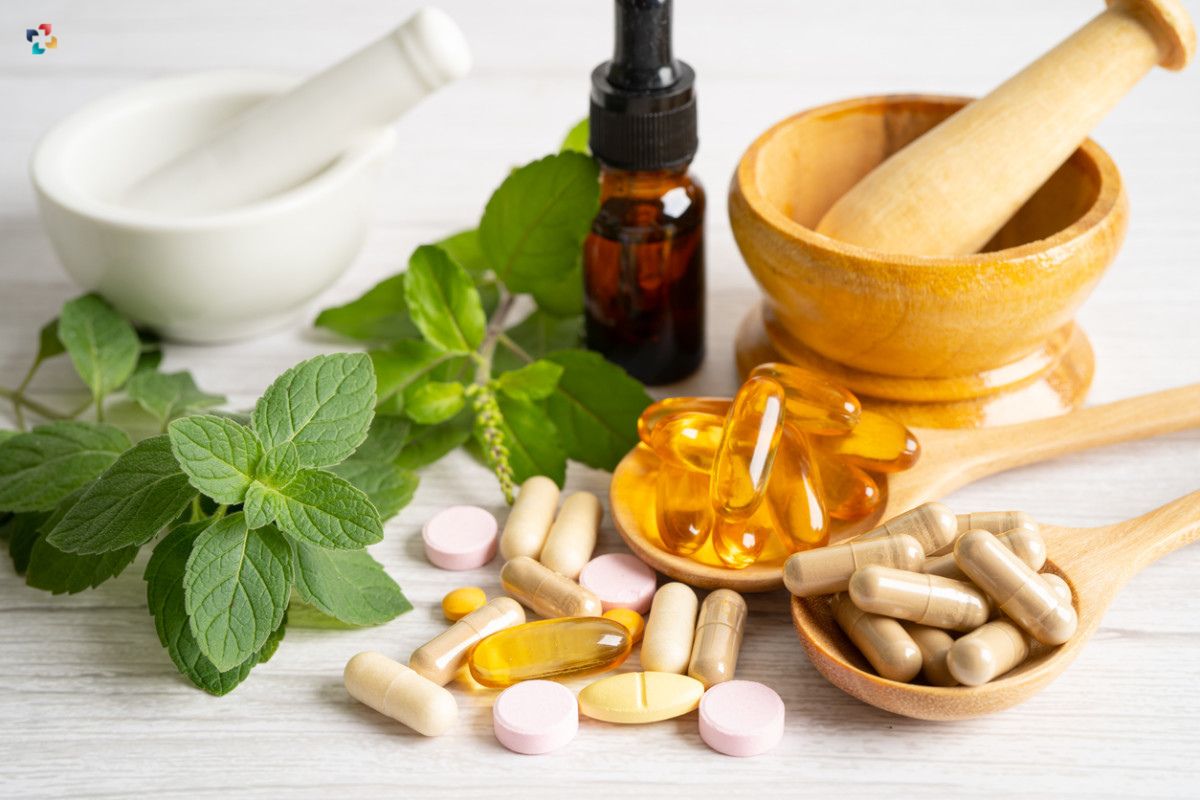
It is important to educate patients on the right and safe use of dietary supplements when necessary, especially for those at risk for malnutrition and not reaching Nutrition for Lung Cancer requirements via food.
- Essential Fatty Acids (Omega-3)
Those with advanced NSCLC receiving chemotherapy may benefit from taking omega-3 fatty acid supplements in order to preserve their weight and muscle mass. Reduced inflammation and less chemotherapy-induced oral and esophageal mucositis are two possible advantages of omega-3 fatty acid supplementation for people with lung cancer. Yet, additional study is required. Potentially enhanced effects and therapeutic advantages of other medicines used in cancer treatment are an additional benefit, as is a decrease in peripheral neuropathy caused by chemotherapy agents.
- Antioxidant Supplements and Their Potential Dangers
The risk of developing lung cancer rises with beta-carotene supplementation, according to studies, particularly for heavy smokers who consume one or more packs per day. People who smoke and use alcohol daily are at an even higher risk.
More study is required to substantiate the results from animal studies that N-acetylcysteine (NAC) supplements accelerate tumor growth. Other research suggests that NAC and the antioxidant vitamin E may aid in cancer spreading by lowering the amount of reactive oxygen species cancer cells generate naturally. Both human and animal lung cancer cell models have shown this.
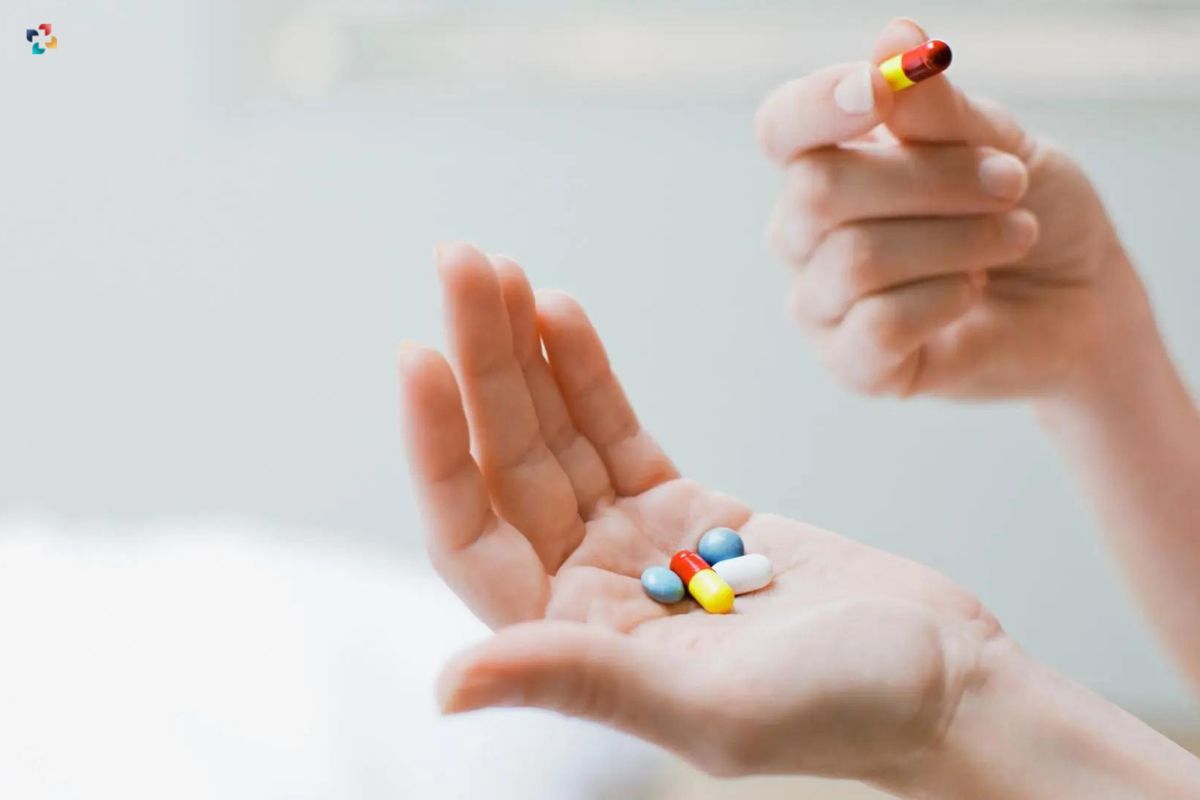
There is some evidence that antioxidants may inhibit apoptosis-inducing enzyme activity (the process of programmed cell death). In contrast, in vitro experiments using bromelain and gastrointestinal cancer cells suggest that NAC may be utilized to boost the cytotoxic effects of chemotherapeutic medications while shielding host tissues from the toxicity of the treatments.
NAC is a popular supplement, but it is legally unlawful since it is not considered a “dietary supplement” under the Federal Food, Drug, and Cosmetic Act. While NAC is now only accessible as a prescription medicine, the FDA is currently reviewing whether or not some products containing NAC may be legally sold as dietary supplements in the near future. According to TRC Healthcare’s Natural Medicines database, NAC is “likely useless” for lung cancer and is “now regarded an illicit element in dietary supplements.”
6.RDNs’ Crucial Contribution to Cancer Treatment Teams
When it comes to improving survival rates, registered dietitian nutritionists (RDNs) may provide Nutrition for Lung Cancer advice, supplement recommendations, and lifestyle change ideas to their lung cancer patients. Two papers from the February 2021 issue of the Journal of the Academy of Nutrition and Dietetics provide new research and analysis on the potential impact of nutrition in cancer risk and treatment, as well as the challenges cancer survivors have in maintaining a healthy diet.
One paper found that American adult lung cancer survivors who were obese (aged 30–64 and current smokers) had a substantially poorer diet quality score compared to the reference group, based on data from the National Health and Nutrition for Lung Cancer Examination Surveys between 2005 and 2016.
Adherence to the 2015-2020 Dietary Guidelines for Americans had “less than 50% of the maximum possible scores” based on the Healthy Eating Index 2015, a measure of diet quality. This was especially true for the dietary guidelines for whole grains, vegetables and beans, salt, and fatty acid. RDs play a crucial role in educating cancer survivors on proper Nutrition for Lung Cancer so they may better adhere to these recommendations.
Is Cancer Curable Click Here For Read More :

